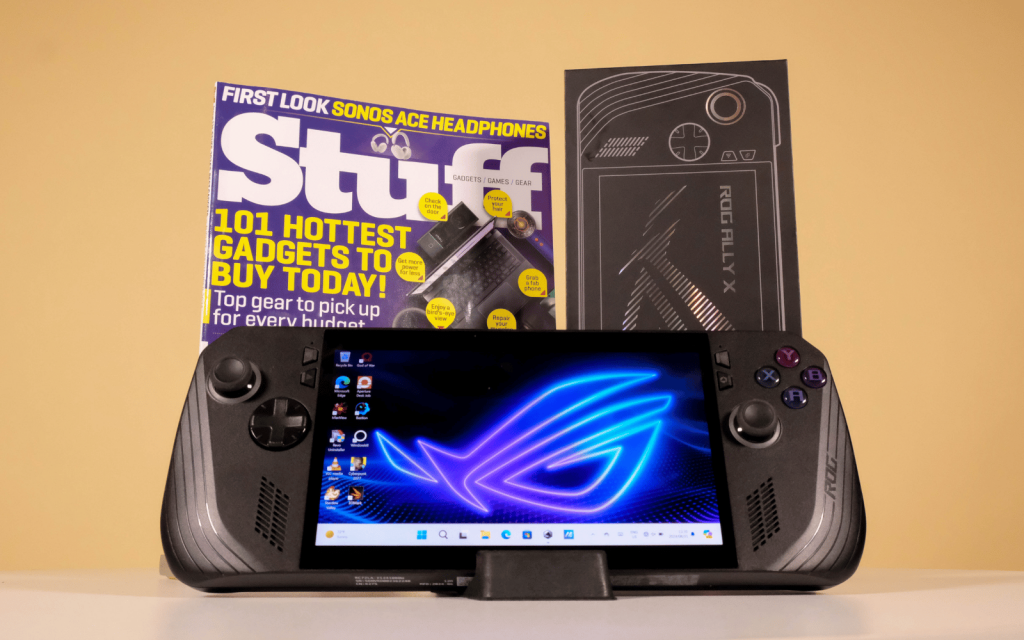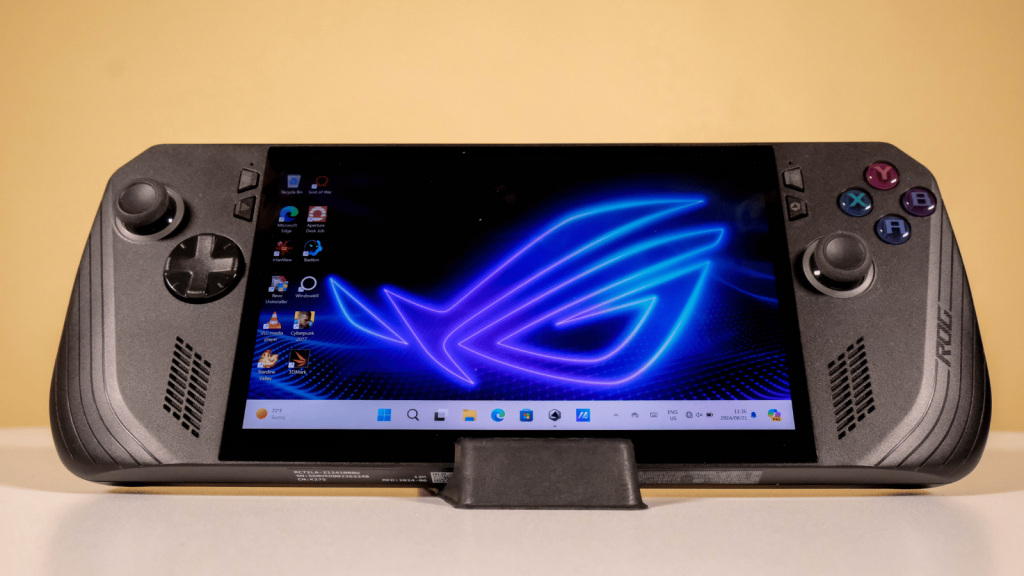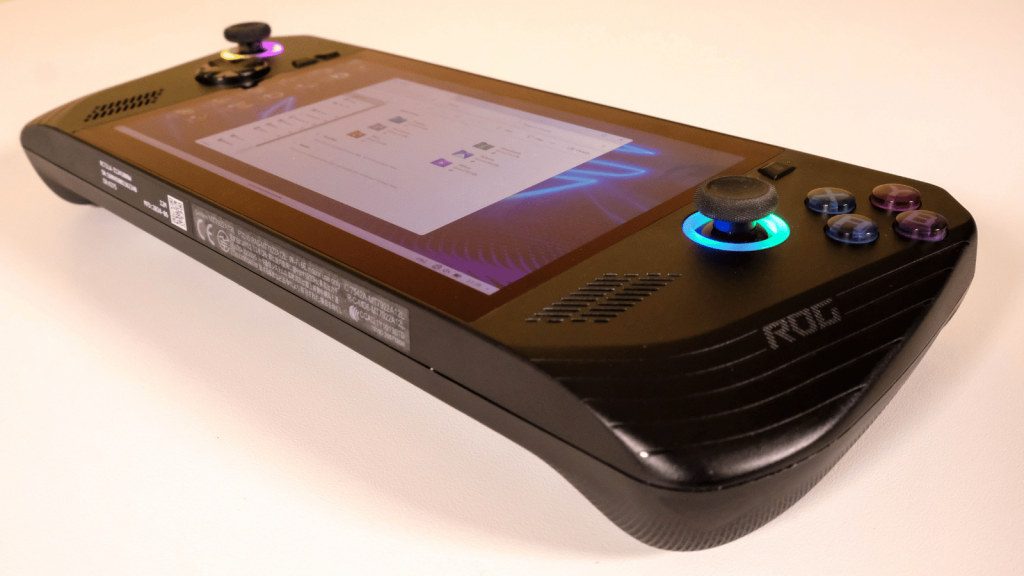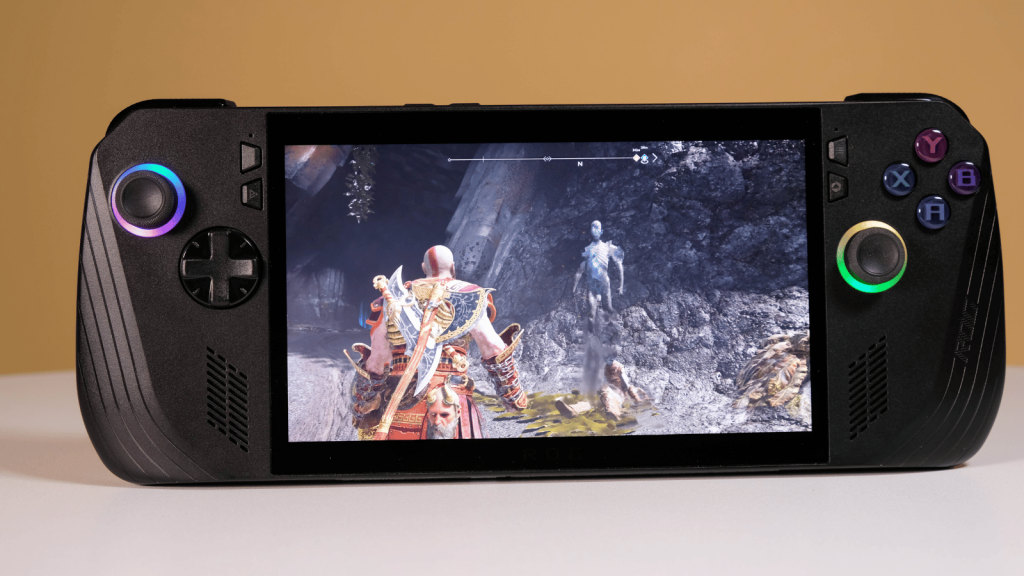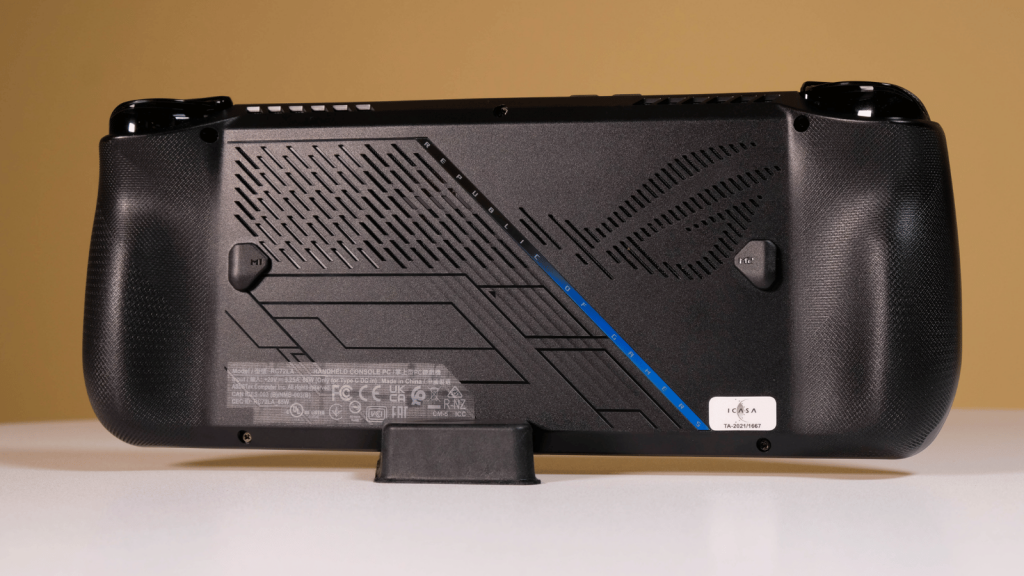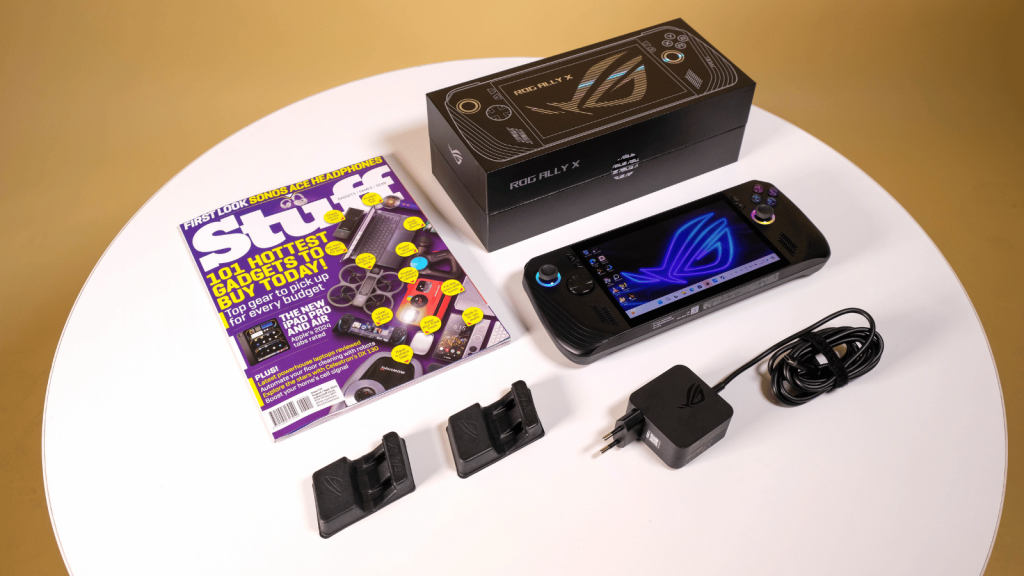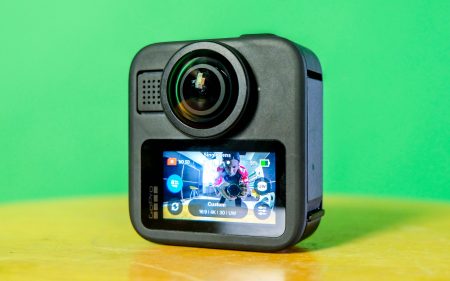With the improvements over the first console, and despite the price increase, the ROG Ally X is even easier to recommend if you want to play your diverse library of PC games on the go.
-
Design
-
Display
-
Performance
-
Features
-
Value
When Asus launched the ROG Ally, its first Windows-based handheld gaming console, last year, we liked the direction it was going. The new ROG Ally X is not a proper sequel but more of a mid-cycle refresh, the likes of which we’ve seen with the Steam Deck OLED, Nintendo Switch OLED, and more recently the PS5 Pro.
The ROG Ally X comes with a higher price tag, sure, but offers a decent slate of upgrades over the original that makes the decision of which handheld gaming console to get tricky – not to mention the arrival of the MSI Claw and Lenovo Legion Go.
After spending a few weeks with the ROG Ally X, we’ll try to make that decision clearer.
Learning from mistakes
At launch, the original Ally suffered from quite a few issues. To Asus’ credit, many of those issues were resolved in the weeks after it launched with regular driver and firmware updates. However, there was still a lot to like.
It was the most powerful gaming handheld in terms of raw performance, it had a great display that supported a variable refresh rate, and the fact that it ran on Windows 11 meant you weren’t limited by the games you could play – although using Windows did come with its own downsides which we’ll get to later.
At its launch price, it also made a pretty good value proposition in South Africa where Steam Decks need to be imported and cost a lot more than they should.
A lot of what we liked about the original Ally made its way to the Ally X and a few of the things we weren’t big fans of have seen changes for the better.
Once you’ve got it in your hands, the immediately obvious changes are to the chassis. It’s black now and that’s great for two reasons; the thick bezels around the display don’t seem so egregious, and the dirt from your grimy hands won’t show up as easily.
It’s also slightly thicker and heavier than its predecessor which, for us, was a good thing. We found the thicker, differently-shaped grips made it easier to hold for longer sessions. The macro buttons on the back are smaller and we didn’t accidentally press them nearly as often.
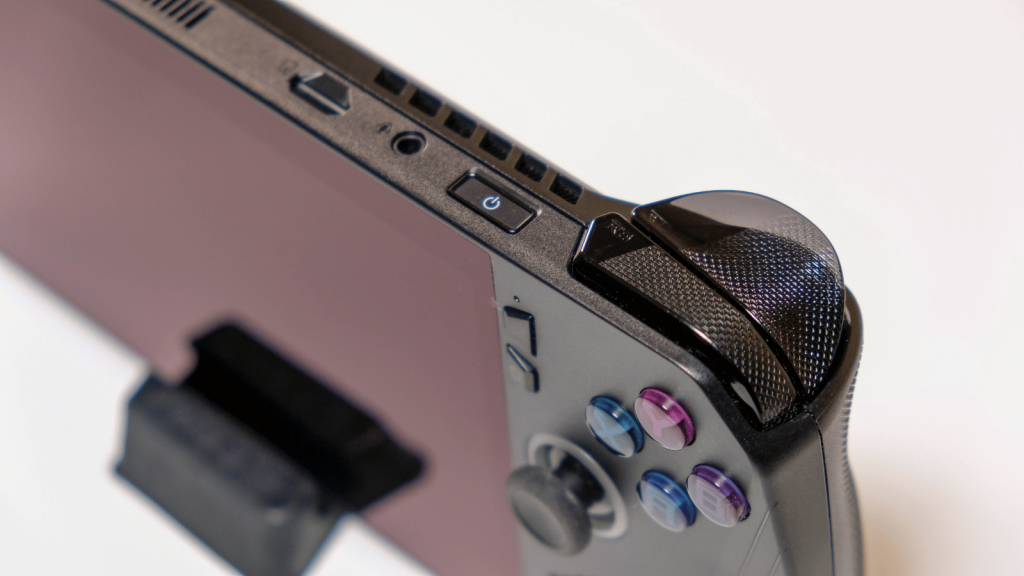
The joysticks, though not Hall effect, are lighter, grippier, and more durable. If you need to replace them, that’ll be easier thanks to modular boards. The D-pad now supports eight directions and the A/B/X/Y buttons have more travel. Then, Asus removed the XG Mobile port and added another USB-C port that supports Thunderbolt 4. These changes might not be huge but they are appreciated nonetheless.
Only fixing the broken
A display upgrade would’ve been nice but the 7in 1080p IPS LCD touchscreen still gets the job done. It isn’t the absolute best you can get in terms of refresh rate, size, resolution, or technology but that isn’t to say it drops the ball in any of those areas. It’s also the only handheld console display that supports a variable refresh rate (from 48Hz to 120Hz) which goes a long way in making your gameplay feel smoother. For the ROG Ally 2, we hope the engineering wizards at Asus find a way to incorporate one of the brand’s fantastic OLEDs without destroying battery life.
Along with the display, Asus has retained the AMD Z1 Extreme APU (Accelerated Processing Unit) in the Ally X from the more powerful first edition Ally. It has proven to be powerful enough and with the hardware changes Asus has made elsewhere, enjoys a slight performance boost in the Ally X. Those changes include more and faster RAM and a battery that’s literally double the size, and a more efficient cooling system.
The first ROG Ally shipped with 16GB of LPDDR5 RAM that operated at 6400MT/s (megatransfers per second). The ROG Ally X comes with 24GB of LPDDR5X RAM that operates at 7500MT/s. APUs love memory bandwidth so not only does this mean there is more memory to go around but it also means that, in some cases, you can expect slightly better performance. Although, the extent of this performance uplift depends on a few factors.
Firstly, don’t expect huge FPS (frames per second) increases. We only saw single-digit FPS increases in the few games we tested on both the original Ally and the Ally X. Instead, where the faster memory helps is with frame time – the time it takes the GPU to produce the next frame. If you’ve ever played a game where your average FPS counter shows you’re above 60 but you still experience stutters, that’s often due to inconsistent frame times.
More juice in the jug
The other big contributor to the performance boost comes from the 80-watt-hour battery. With the increase in battery size, there’s more juice to go around so Asus took the opportunity to increase how much power the APU draws in the ‘Silent’ and ‘Performance’ power profiles which means you get more performance in less demanding titles. The 25W ‘Turbo’ profile is still the sweet spot for demanding games unless you’re drawing power from the wall.
In the ‘Turbo’ profile, we enjoyed just over two hours of buttery smooth 60FPS God of War. Admittedly, we needed to tinker with a few settings to find the perfect balance between quality and performance but the ROG Ally X – helped along by its support for AMD’s FSR upscaling and AFMF (AMD Fluid Motion Frame Generation) – was up to the task.
The other change that deserves a mention is the switch to the standard 2280 M.2 SSD size. Asus redesigned the internals of the ROG Ally X and in doing so, found enough room to swap out the 2230 M.2 SSD for the much more popular 2280 M.2 form factor. It also doubled the base storage to 1TB over the 512GB of the first Ally.
Asus ROG Ally X verdict
With all the improvements Asus has made to the ROG Ally X, we’re not surprised it costs more. Other than the R18,000 price, the only thing holding it back is the choice of OS – Windows.
Don’t get us wrong, if you like to play a variety of games from different platforms then this is definitely the best handheld gaming console to get in SA. Nintendo’s Switch might be cheaper and the Steam Deck OLED might offer a better display and, in some cases, longer battery life.
But neither of those consoles can match the performance of the ROG Ally X and both limit your choice of games. Not to mention an equivalent Steam Deck OLED costs a few thousand more than the Ally X. If you want to play your diverse library of PC games on the go and have deep pockets, the ROG Ally X is your best bet.

